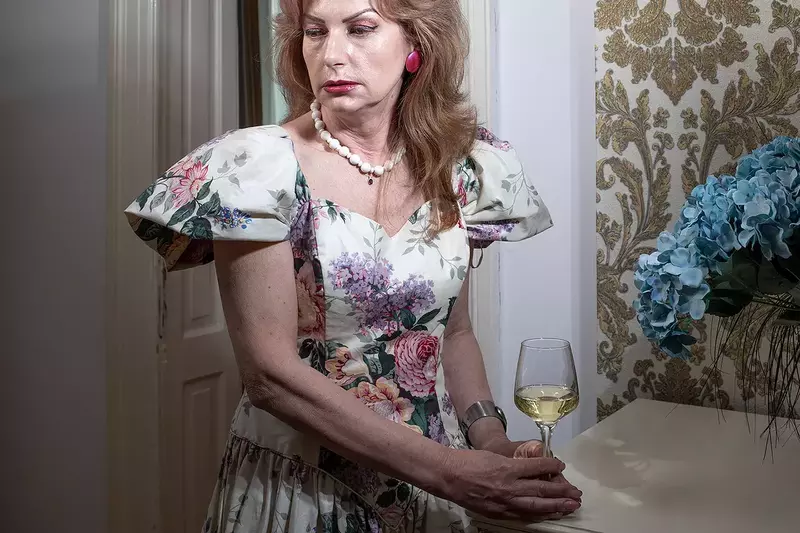MAP#128: Anna Schlooz & Paula Vicente, Intra-action

Symbiosis
Intra-action, or the “mutual constitution of entangled agencies” 1 as described by Karen Barad is the departure point of Anna Schlooz and Paula Vicente’s installation. Acting, living, exchanging with one another is at the basis of most of existence. The very origin of cells as conceived by Margaret McFall-Ngai was made pos-sible thanks to symbiotic relation-ships between prokaryotes and bacteria, digested and turned into mitochondria 2. In the space of the MAP project, a capti-vating video of organisms under a microscope is playing; the audio is a collage of quotes by Karen Barad, Donna Haraway, and the artists themselves; “We require each other in unexpected collaborations and combinations, in hot compost piles. We become-with each other or not at all.” 3


TRANSLATION
The apparently silent, static world of plants is here presented in a noisy, chaotic mise en scène. Plants constantly communicate through electrical impulses, odors, and chemical substances, but the radically different temporality we as animals inhabit prevents us from perceiving the proximity of our languages. We can sometimes reap volatile glances into Flora, for example listening to the sap flowing through trees, but our connection with the plant world usually feels obstructed. We need a translator. Anna Schlooz and Paula Vicente use light and sound to demonstrate indiscernible plant movement and our unconscious influence on plants, facilitating intra-action and mutual rapport.
ROOTS
Tubes running through the space, dangling from the ceiling, and running through the dirt ingeniously expose the invisible knitting responsible for any functioning system. The glass windows force us to acknowledge the environment around us, acting like a keyhole, a door, a portal, a gateway to the rest of the ever-present network. Roots, mycelium, tubes, live-feed, glass walls, electric impulses, smell, vibrations are simultaneously media and objects of this synergy.
TRUTH
As humans, we rely on our senses and technical instruments to determine what is true. For most of history, the observability of a phenomenon determined its existence from our point of view; through the naked eye, then through the microscope, and finally through highly receptive sensors. Despite the progress our scientific capabilities underwent, our examinations will always be partial and inadequate, haunted by the “observer effect” that condemns us to alter the state of whatever we are inspecting, making all our observations inherently polluted. We are especially oblivious to the finest connections and intra-action of beings, to their vital entanglements, desperately blinded by the illusion of individuality. All the interpretative elements of the installation plead to our necessity of seeing (and hearing) in order to believe.
LANDSCAPE
“We must be as concerned with the landscape we lend as the one we borrow.” 4 – Kisho Kurokawa, one of the founders of the Meta-bo-list Movement. The recreation of a landscape also implies its dissemination through human and non-human vectors, in the form of ideas, impressions and matter. The dirt will be spread, the seeds will be diffused, and their con-nections will proliferate. We are never just ourselves.
Notes
1. Barad, K., Meeting the Universe Halfway: Quantum Physics and the Entanglement of Matter and Meaning. Durham and London. Duke University Press, 2007
2. Haraway, Donna J., Staying with the Trouble. Duke University Press, 2016
3. ibid.
4. K. Kurokawa, Each One a Hero: The Philosophy of Symbiosis. Kodansha International, 1995
Text: Valentina Bianchi





































